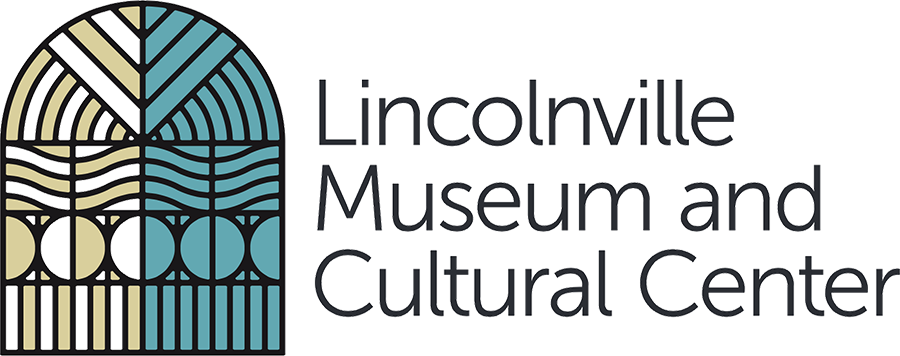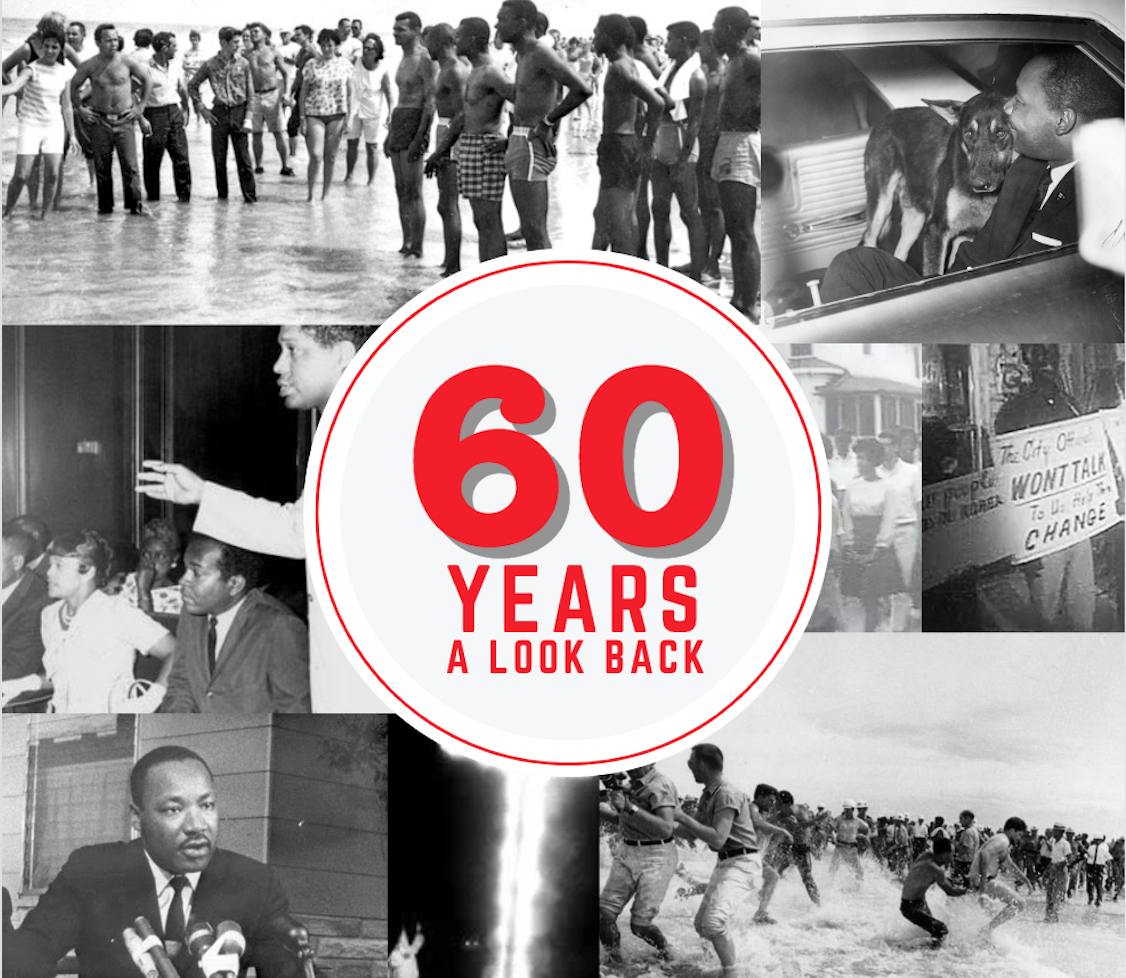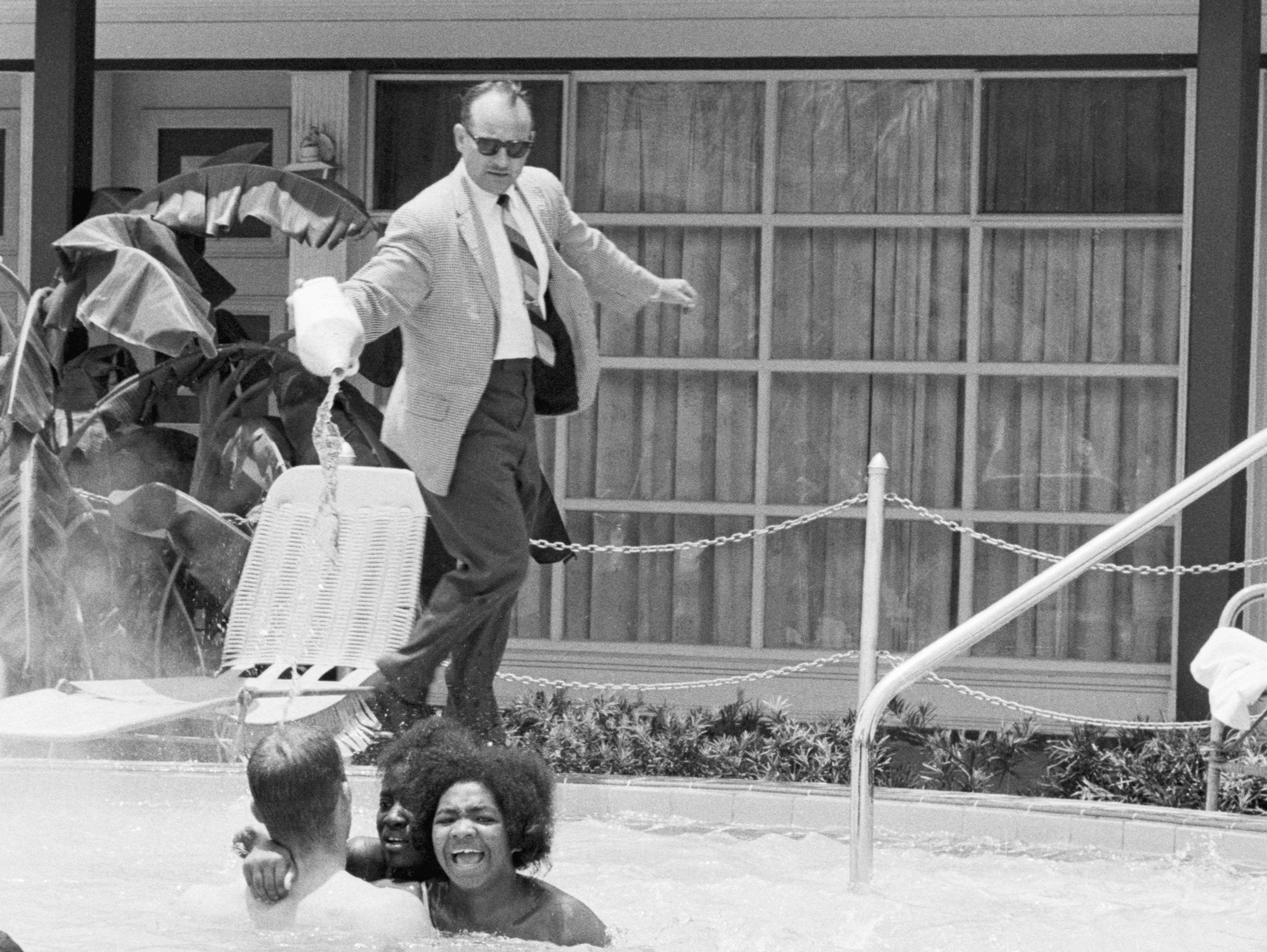A Look Back at the 60th Anniversary of the Civil Rights Movement
To commemorate the 60th anniversary of the local movement and signing of the Civil Rights Act of 1964, the LMCC is having guided tours for guests to experience our updated Civil Rights exhibit and gain knowledge of the local Civil Rights protests and remarkable activists, and how the movement in St. Augustine made a national impact. The tour is free with registration and will start at 5:00 PM on Tuesdays, June 11th, 18th, and 25th. Please register here.
The dates selected for these guided tours hold significance regarding the local and national Civil Rights Movement. The Civil Rights Movement in St. Augustine consisted of a series of sit-ins, wade-ins, and protests in conjunction with the SCLC and NAACP. The movement caught the attention of prominent figures such as Dr. Martin Luther King Jr. and Andrew Young who then visited St. Augustine to assist the local activists. The activism and events that happened in St. Augustine directly impacted the signing of the Civil Rights Act in 1964.
June 11
Nationally
On June 11, 1963 the University of Alabama desegregated. Two African American students registered for classes but Alabama Governor, George Wallace, stood in the doorway to prohibit them from entering. A federal judge ordered that the students be allowed in the university and President Kennedy called for the National Guard to make a path for the students to enter.
On June 11, 1963 John F. Kennedy announced the Civil Rights Bill. “Provisions of the Civil Rights Bill included:
(1) protecting African Americans against discrimination in voter qualification tests
(2) outlawing discrimination in hotels, motels, restaurants, theaters, and all other public accommodations engaged in interstate commerce
(3) authorizing the US Attorney General's Office to file legal suits to enforce desegregation in public schools
(4) authorizing the withdrawal of federal funds from programs practicing discrimination
(5) outlawing discrimination in employment in any business exceeding 25 people and creating an Equal Employment Opportunity Commission to review complaints” (Source).
President Kennedy meets with civil rights leaders in the White House. Photo courtesy of the National Archives.
Kennedy’s Civil Rights Bill was not able to pass during his time in office. President Lyndon B. Johnson continued fighting for it to be passed and it became the Civil Rights Act that was passed on July 2, 1964.
Locally in St. Augustine
Dr. Martin Luther King Jr. was contacted by Dr. Robert B. Hayling, a dentist and advisor of the NAACP Youth Council in St. Augustine, to help with demonstrations. On June 11th 1964, King preached at the St. Paul AME Church and led a demonstration in which he peacefully protested through the streets of St. Augustine. Later the same day, Dr. King, Reverend Ralph Abernathy (Civil Rights activist, Baptist minister, and Martin Luther King's closest friend and advisor), and a group of protestors went to the Monson Motor Lodge whites-only restaurant and asked to be served. They were denied service and refused to leave. King and 17 others were arrested on the steps of the Monson Motor Lodge. During his night in the St. Augustine Jail, he wrote a letter to Rabbi Dresner to invite his group to St. Augustine. King’s arrest in St. Augustine was the only time he was arrested in Florida.
Dr. Martin Luther King Jr. preaching at the St. Paul AME Church in St. Augustine on June 11, 1964. Associated Press
Dr. Martin Luther King Jr., Ralph Abernathy, and James Brock at the front of the Monson Motor Lodge. June 12, 1964. Associated Press
June 18
Locally in St. Augustine
In St. Augustine on June 18th, 1964 there was a swim-in at the Monson Motor Lodge protesting hotel segregation. The hotel owner, James Brock, poured acid in the pool in response. Many of the swimmers were arrested. This became known as the splash heard around the world in national headlines. The swim in at the Monson Motor Lodge caught the attention of President Johnson and Congress which approved the Civil Rights Act the next day, ending the 83-day filibuster.
©Bettmann/Corbis
Additionally, there was another protest at the Monson Motor Lodge in which a group attempted to pray in front of the Monson Restaurant. This resulted in the largest mass-arrest of Jewish Rabbis in U.S History in which 16 Rabbis were arrested. While in jail, they wrote a letter entitled “Why We Went” describing the connection between Civil Rights demonstrators and Holocaust victims.
“We came as Jews who remember the millions of faceless people who stood quietly, watching the smoke rise from Hitler’s crematoria. We came because we know that, second only to silence, the greatest danger to man is loss of faith in man’s capacity to act.”
Civil Rights demonstrators praying in front of the Monson Motor Lodge Restaurant. Associated Press
James Brock shoving desegregationist when demonstrators tried to enter the restaurant. Associated Press
Today, the Hilton Historic Bayfront Hotel stands in the place where the Monson Motor Lodge once was. There is a plaque retelling the events that took place there for visitors to learn about the history.
June 25
Locally in St. Augustine
On June 25, 1964 there was a wade-in at St. Augustine Beach that turned violent. A group of white segregationists attacked the group swimming and police had to break it up, resulting in many arrests. This became the last straw to win over the appeal of President Johnson to push for the passing of the Civil Rights Act of 1964.
Picture depicting the police getting involved when a group of African Americans protested with a wade-in at St. Augustine Beach, June 25, 1964. Associated Press
The group of segregationists attacking the Black demonstrators during the wade-in at St. Augustine Beach. Associated Press
Please join the LMCC on Tuesday, June 11th, 18th, and 25th for free guided Civil Rights tours to learn about these events and more. The guided Civil Rights tours will highlight the updated Civil Rights Exhibit addition. The addition will enhance the current artifacts and events of the movement. It will also feature an interactive display with interviews of national and local Civil Rights activists who worked together in St. Augustine to fight against segregation and racial discrimination with national impact.









